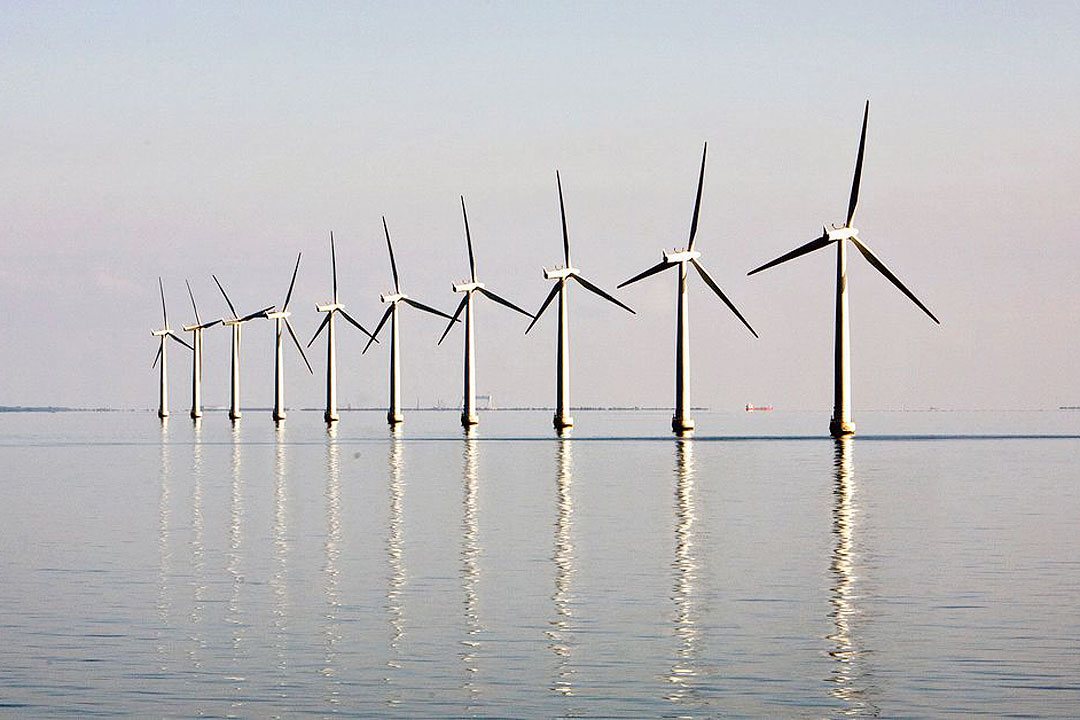THE Philippines’ offshore wind power potential has been estimated at least 3 gigawatts (GW), which could make wind a significant component of its clean energy transition, an independent renewable energy strategic consultancy said.
The UK’s BVG Associates (BVGA) said in its Offshore Wind Road Map study said the 3 GW threshold for offshore wind (OSW) could be met by 2040, doubling to 6 GW by 2050 in a low-growth scenario, consistent with the government’s clean energy scenario (CES) goals.
Under CES, the energy scenario outlined in the Philippine Energy Plan 2020-2040, the Philippines needs to add at least 92,000 megawatts or 92 GW of renewable energy to the energy mix by 2040 to hit the 50% mark for renewable energy share. Some 11.8 GW is expected to be sourced from various types of wind projects.
BVGA said that in order to meet the CES goals, the Philippines needs to be operating four large offshore projects by 2040.
Under the high-growth scenario, the Philippine potential for offshore wind is 20 GW by 2040 and 40 GW by 2050.
The high-growth scenario will lead to 15% of total electricity demand supplied by offshore wind, and could offset about 60% of the anticipated power demand increase due to decarbonization of transport and heating by 2040, BVGA said.
It noted that reaching the high growth scenario is the ideal least-cost way to deliver high volume, low-carbon energy.
“More OSW than 20 GW is likely to be needed eventually — also need large increase in onshore wind and solar,” the group said.
Offshore wind power benefits from higher wind speeds compared to onshore.
The Department of Energy (DoE) commissioned BVGA to study the technical, economic, environmental, social, employment, and financing potential of the offshore wind market.
The consultancy also said during its discussions with the DoE, World Bank Group, and 150 representatives from the public and private sectors on Dec. 8, that the target cost is around $70 per megawatt-hour for the first fixed projects installed by 2028.
The Philippine Offshore Wind Road Map project is being funded by the World Bank Group’s Energy Sector Management Assistance Program.
“Offshore wind can help the country achieve key objectives and this study will help the DoE power the economy through clean, cost effective, financeable technology that will also create new local supply chain opportunities and transform the lives of men and women and the generations to come,” Energy Undersecretary Felix William B. Fuentebella said in a statement.
The DoE endorsed on November three offshore wind projects to the National Grid Corp. of the Philippines for System Impact Studies: ACX3 Capital Holdings, Inc.’s 600-MW Lubang and Looc Island Wind Power Project; Giga Ace 7, Inc.’s 1,024-MW Calatagan Offshore Wind Power Project; and Gigawind5, Inc.’s 1,248-MW Manila Bay Wind Power Project. — Marielle C. Lucenio
